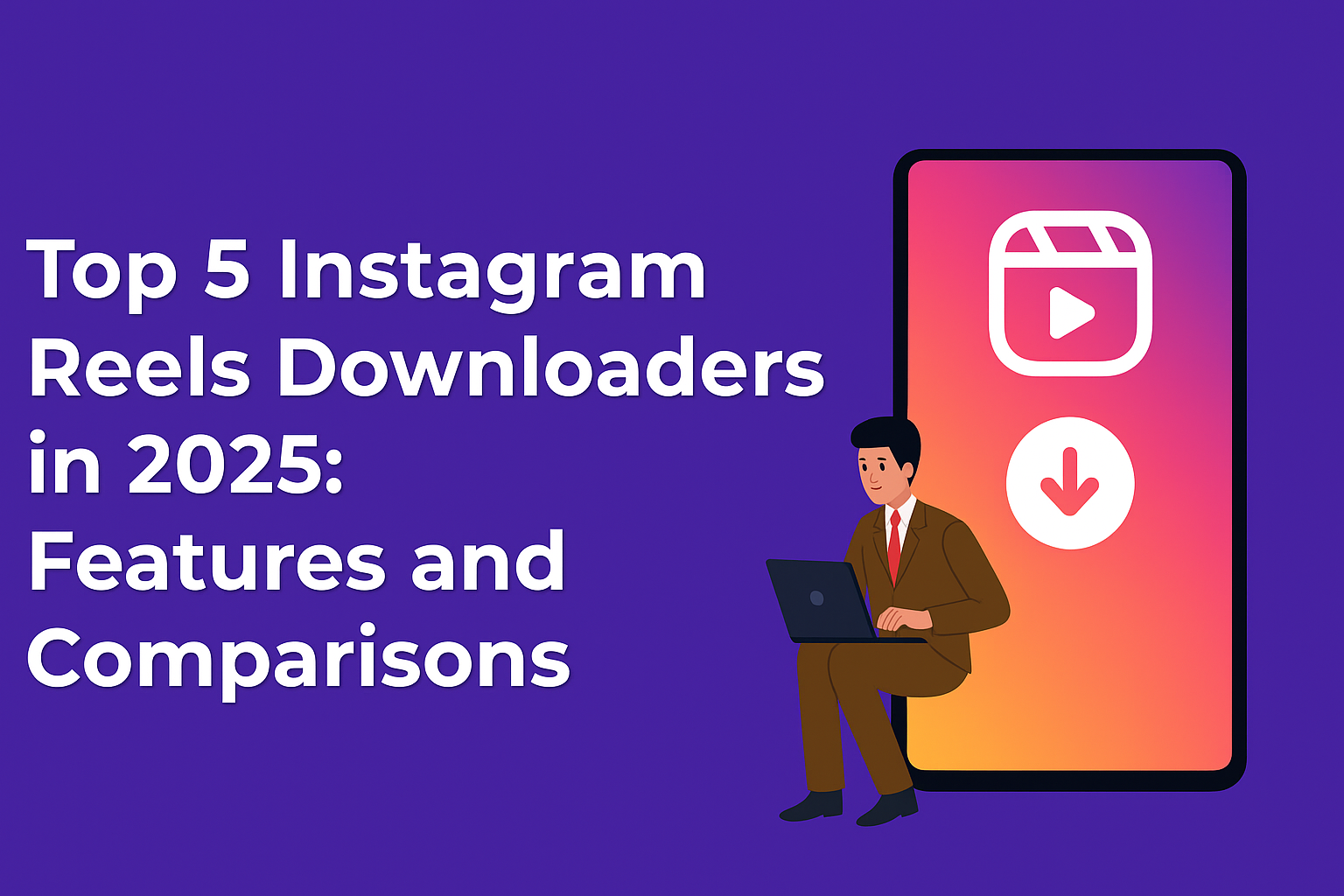Introduction
- LinkedIn is becoming more and more a powerful marketing tool, especially for B2B brands.
- However, many people just post content without much of a strategy.
- Remember, customers buy into a story, not just a product.
- So how can we leverage the LinkedIn platform to tell our brand story?
- In this post we show how you can level up your efforts in 6 practical steps.
What is Storytelling Marketing
- Definition:
- Storytelling marketing is using a narrative to connect your brand’s communication and message with customers.
- Storytelling marketing can help customers understand who you are and why they should care about your brand.
- It helps customers build an emotional connection with your company and gives your brand a human touch.
Why Brand Storytelling Matters
- “Cognitive psychologist Jerome Bruner suggests we are 22 times more likely to remember a fact when it has been wrapped in a story. Why? Because stories are memorable.” Source.
- Storytelling in marketing triggers attention, persuades, and motivated potential customers
- It also fosters intimacy and cultivates trust - all the ingredients needed for a long-term relationship with your audience. If you're looking to refine your brand's narrative, explore a listing of branding experts who specialize in storytelling and can help you craft a message that resonates.
6 Steps to Levelling Up Your Brand Storytelling on Linkedin
- Section introduction.
Step 1: Know Your Audience
- First step: Know who you’re talking to and identify their needs.
- Create Buyer Personas
- Find out demographics
- Use LinkedIn Analytics to find out more about your audience
- On your LinkedIn Page you can view basic demographics from your audience. (Page > Analytics > Followers)

- What are their pain points? What are their motivators?
- Use LinkedIn polls to ask your audience questions about pain points

Step 2: Establish Your Brand’s Story Framework
- Keep your brand story framework simple. At its core you need:
- Pain Point
- Solution (Your brand and its product / services)
- Outcome / Success
- You also need a hero (your customer) who will see themselves in the story. And a guide (your brand) who will enable them to complete their journey.
- Important: Your customer needs to be the main character in your brand story, not you!
- It’s your customer who takes the journey from where they are to where they want to go. And it’s your brand who helps them achieve that journey.
Step 3: Optimise Your Brand Page
- Make your LinkedIn page a destination
- It’s one of the first pages LinkedIn members visit to find out more about your company.
- Use this as a chance to interact with the audience on the first touch point
- Pointers to optimise brand page:
- Utilise your profile image and banner.
- One of the few parts of LinkedIn that you can customise to your branding.
- Don’t leave it blank - this is a wasted opportunity
- Example:

- Write compelling ‘About’ section
- A well crafted about section can be the perfect first impression for your ideal audience.
- Use your brand voice - whether that’s funny or educational. Make sure it fits your branding.
- Include keywords for company & industry in your “about” section.
- Use this section as part of your storytelling
- Let them know: Who you are. What you offer. How you can help your audience.
- Example:

Step 4: Create a Content Strategy
- Post consistently (internal link to Postfity’s service page)
- Highlight what makes your company unique. Post richer content, including white papers and other documents and seamlessly integrated videos.
- Establish thought leadership. Figure out what content your target audience cares about most.
- Use the Content Suggestions feature (Page > Content) to find relevant posts based on filters such as your audience, industry, job function, seniority, or location.

Step 5: Leverage Employee Voices
- According to LinkedIn, the average employee has 10X the network than your company’s follower base.
- Moreover, your employees have the most authentic voices and stories.
- Reshare articles, posts and other content produced by employees
- Encourage employees to share relevant stories on LinkedIn
- Pointers for successful employee engagement:
- Create a social media policy
- Spell out best practices for posting on LinkedIn. Give them guidelines to help them feel more comfortable promoting their work and the company.
- Select LinkedIn champions
- Nominate employees who're already killing it at LinkedIn to share their expertise with other employees.
- Train them so they can onboard and help other employees get started on building their personal brand on LinkedIn and helping share stories about your brand.
- Create incentive program
- Incentive employees to share their work. Give out a prize to the employee who has the most engagement or shares on their post per month.
Step 6: Use LinkedIn Analytics
- Use LinkedIn Analytics to assess which posts have high engagement or high CTRs.
- Review your content strategy to incorporate more of the content that receives high engagement or high CTRs. Drop content with low engagement.
Conclusion
- Reiterate the importance of storytelling on LinkedIn marketing
- Summarize most important pillars of storytelling in marketing
No items found.







